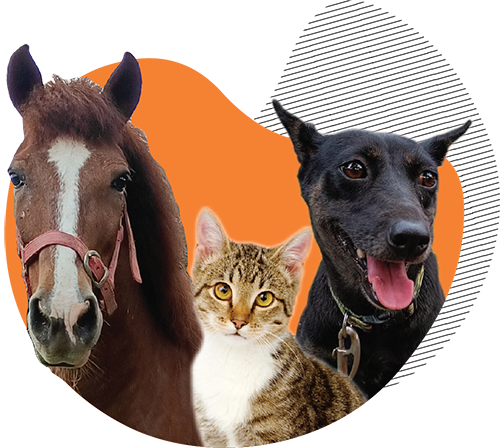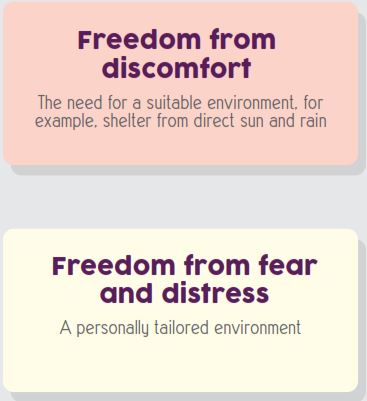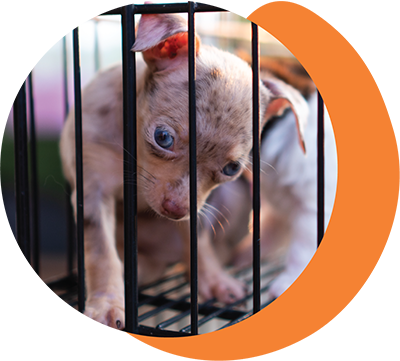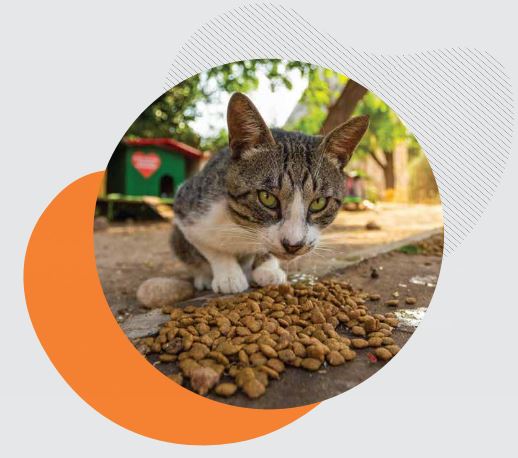
SHELTER WELFARE CONCEPT
Some might believe, that having a roof over your head with daily food and water would already meet all animal needs‘. But there is so much more to rescuing
homeless animals and giving them a happy life. Preventive Whole–of–Life–Care.
By @vets4welfare




This maximum number of animals is taking into account the maximum financial capacity plus the maximum care the caretakers can give physically and emotionally, besides the capacity of the housing. Going beyond the shelter‘s capacity is a gross violation of Animal Welfare.

To ensure freedom of diseases and injury a tailored SOP for each shelter
should be in place focusing on preventive care. Preventive care is a corner
stone in keeping animals, the people interacting with the animals and shelter
finances in a healthy state.

EMOTION FATIQUE
physically fit and healthy will benefit the animals in our care.
it is important to know that there are ways to measure the quality of life in a better way and a clear understanding of animal welfare is a crucial foundation. There might be difficulties and biases to self–assess our own system, so an assessment from colleagues or a non–judgemental, qualified welfare expert in a way might be beneficial. Ensuring a good quality of life in shelter will be rewarding by itself since it resonates with our very first reason why we rescue an animal.